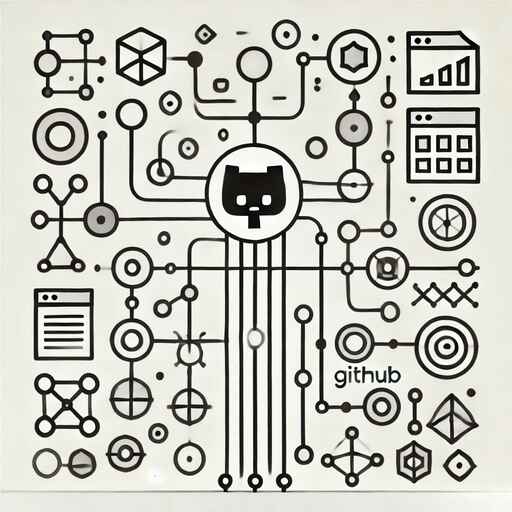Some Words on LinkedIn

In the depths of the COVID crisis, I spent nearly two years running an operation called RINGKNOCKER.
RINGKNOCKER was open exclusively to current & former military officers. Our primary platform was LinkedIn, but we had a website, a blog, social media… all the things. The core of the experience was a weekly Zoom call where the participants—often nearly 100 on a call—would share their stories, their challenges, and their opportunities.
It was an awesome experience, and by the end of it I was DEEPLY connected on LinkedIn, with over 12,000 connections… probably including YOU, if you’re reading this.
We also had a TON of content on social media, LinkedIn, and especially on our WordPress website. Which is where this story really begins.
All good things must come to an end, and RINGKNOCKER was no exception. So when I shut down the website in 2021, I found myself in possession of a MySQL database backup containing a novel’s worth of some of the best writing I had ever done. It was an exact copy… but in any real sense completely inaccessible. If I wanted to extract an article from it, the hassle would rarely be worth the effort.
This wasn’t my first rodeo in that ring. Back in the early 2000s I shared a blog with my dad for a couple of years. It was a DotNetNuke site, and I still have THAT database backup, too. If anything, it’s even more inaccessible than the RINGKNOCKER content.
I ultimately found a pretty good alternative. My current blog is a Jekyll site hosted on GitHub Pages. This isn’t a solution I would recommend to anybody who isn’t a software developer, but here are its most important features:
-
It’s a full-featured website, so I can present whatever content I want, exactly how I want.
-
The content is TEXT. No databases, and though GitHub hosts the website, there is always an EXACT copy on my desktop and in a GitHub repository in the cloud. So I ALWAYS have direct access. I’ll never lose another piece of writing.
BUT… when I publish an article on LinkedIn, thanks to my network, it gets MASSIVE distribution. When I publish something on my blog, well, it doesn’t. Hard to stay motivated when you’re writing in a vacuum!
So here’s the trade-off:
-
I can publish to my blog and have a permanent, accessible record of my writing. But nobody will read it.
-
I can publish to LinkedIn and get a ton of eyeballs on it. But that content will be effectively divorced from the rest of my portfolio, which is just a non-starter. And if I want to switch platforms, I’ll have to start all over again.
Ugh.
I could publish to my blog and post a link to LinkedIn. But in my experience, that just doesn’t work: LinkedIn users like to stay on LinkedIn, and the platform is really engineered to emphasize native content. So a link to an external site is just not going to get the same traction as a native post, if it gets any at all.
The best answer I’ve come up with is cross-posting: publish to my blog and then post a copy to LinkedIn. This is more work, but if I’m smart about it, it’s just a LITTLE more work. So that’s what I’m doing.
As a software developer, I’m allergic to WET work. WET being the opposite of DRY: Don’t Repeat Yourself is a core principle in software engineering. It REALLY runs across the grain to post the same content twice!
But I think I can make it make sense by thinking in terms of process. My blog is where I post drafts, and iterate on them until I’ve ironed out the kinks. LinkedIn is where I post the final, polished version. So the blog is a workbench, and LinkedIn is a showroom.
The key is that I need not to care that all my real traffic & interaction will be on LinkedIn, not my blog. But since I’m not trying to monetize my blog, and I’m not really getting any traffic there anyway, sama sama.
Also, since I am a software developer, at some later date I can probably automate the cross-posting process. For technical reasons that may be a little fraught, but with a little work I can probably eliminate most of the heavy lifting.
I can live with that. I think. 😅







Leave a comment